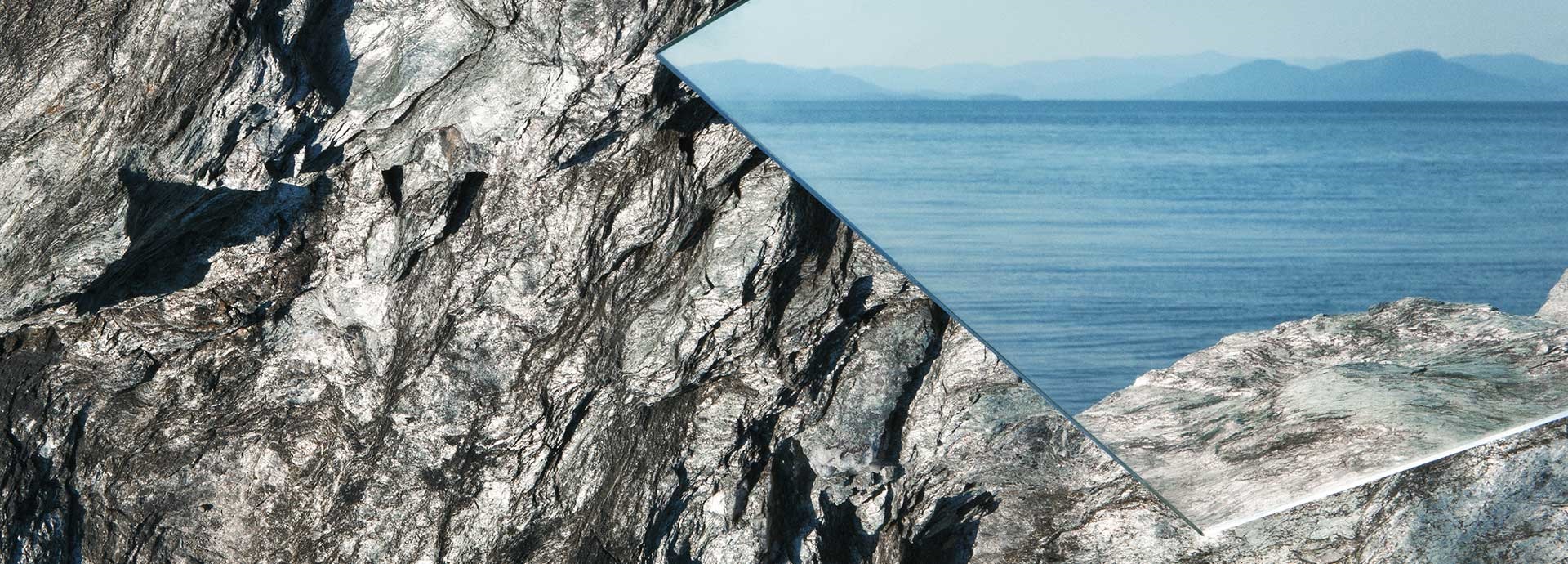

5803 results
Lubricated friction is a case of fluid friction where a lubricant fluid separates two solid surfaces.
A sea going vessel designed specifically for the transportation of LPG.
The minimum voltage at which an insulating material becomes conductive.
The Brayton cycle is a thermodynamic cycle named after George Brayton that describes the workings of a constant-pressure heat engine.
Braking choppers, sometimes also referred to as braking units, are used in the DC voltage intermediate circuits of frequency converters to control voltage when the load feeds energy back to the intermediate circuit.
Used to stop a wind turbine in emergency situations. Can be operated hydraulically, electrically or mechanically.
Brackish water, also sometimes termed brack water, is water occurring in a natural environment having more salinity than freshwater, but not as much as seawater.
Boyle's law, also referred to as the Boyle–Mariotte law, or Mariotte's law (especially in France), is an experimental gas law that describes how the pressure of a gas tends to increase as the volume of the container decreases.
A solar bowl is a type of solar thermal collector that operates similarly to a parabolic dish, but instead of using a tracking parabolic mirror with a fixed receiver, it has a fixed spherical mirror with a tracking receiver.
Bottom ash is part of the non-combustible residue of combustion in a power plant, boiler, furnace or incinerator.
A method of thermal energy storage whereby one or many hundred boreholes are drilled.
A shaft drilled in the ground between vertical and horizontal angles, usually of small diameter (+/-6")
In building wiring installed with separate neutral and protective ground bonding conductors, a bootleg ground (or a false ground) is a connection between the neutral side of a receptacle or light fixture and the ground lug or enclosure of the wiring device.
Bonding is the practice of intentionally electrically connecting metallic items not designed to carry electricity.
Boiling-point elevation describes the phenomenon that the boiling point of a liquid (a solvent) will be higher when another compound is added, meaning that a solution has a higher boiling point than a pure solvent.
A boiling water reactor is a type of light water nuclear reactor used for the generation of electrical power.
The boiling point of a substance is the temperature at which the vapor pressure of a liquid equals the pressure surrounding the liquid and the liquid changes into a vapor.
A boiling liquid expanding vapor explosion is an explosion caused by the rupture of a vessel containing a pressurized liquid that has reached temperatures above its boiling point.
Boiler water is liquid water within a boiler, or in associated piping, pumps and other equipment, that is intended for evaporation into steam.
The temperature between the exhaust gas and the water.